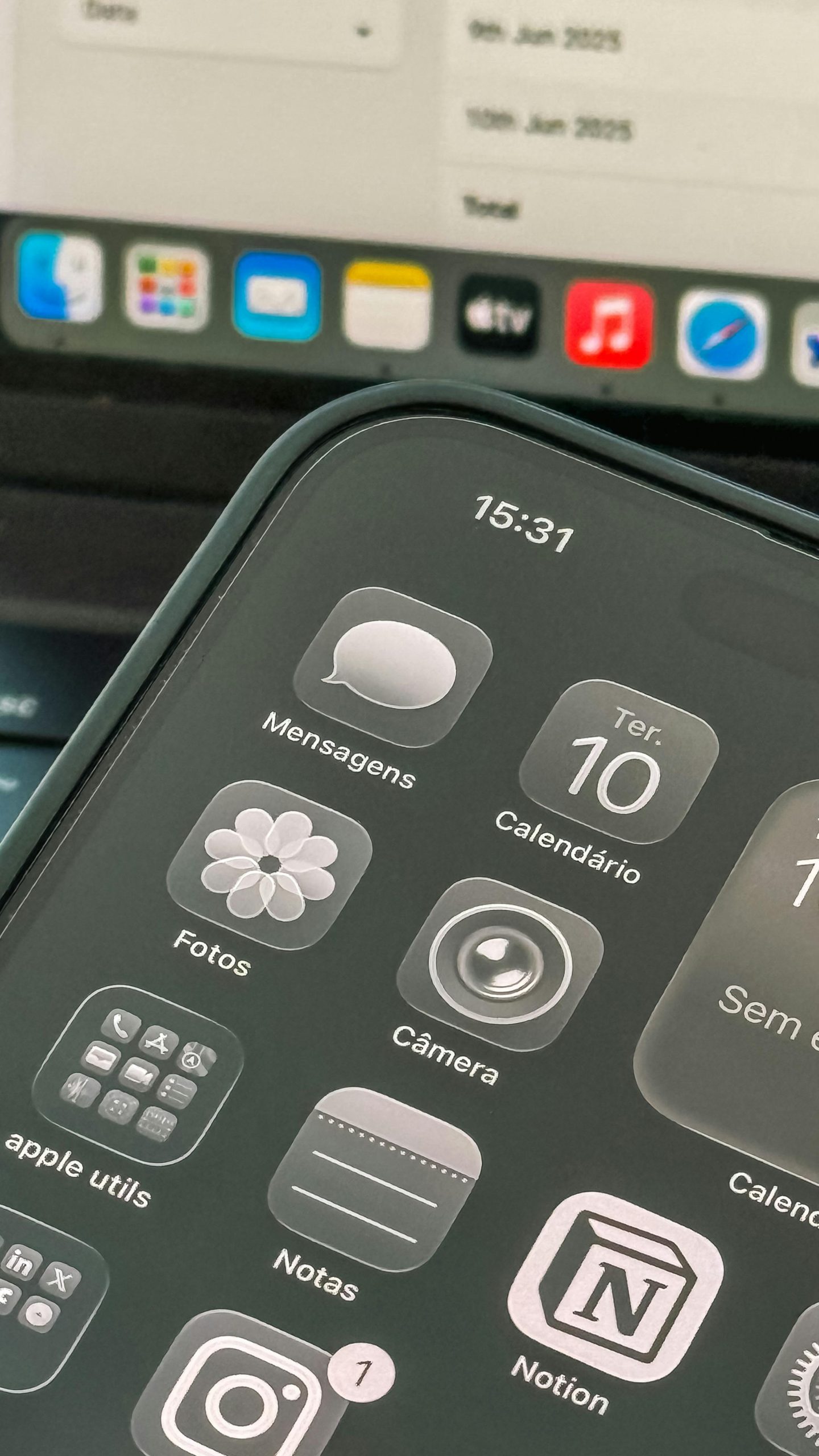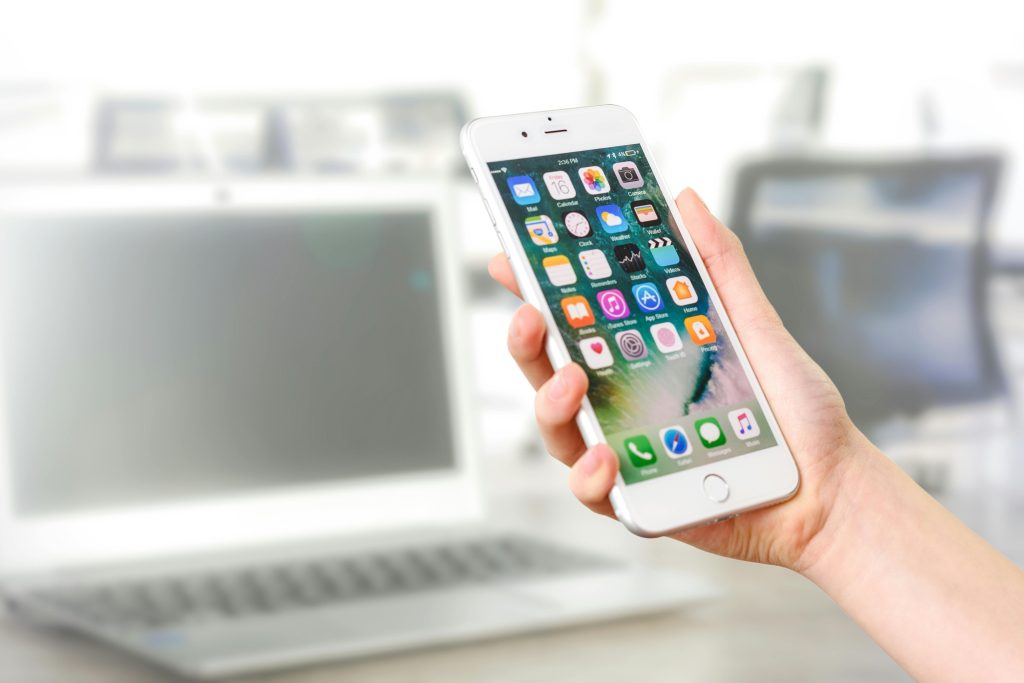How to Recover Deleted Photos from Your Smartphone: A Guide for Confused Users
Losing important photos can be stressful, especially when you haven’t created backups beforehand. If you’ve recently deleted pictures from your phone and are worried about retrieving them, you’re not alone. This comprehensive guide will help you understand your options, particularly if you’re using a device like the Redmi Note 9, and will provide practical advice on recovering your precious images without spending money on software.
Understanding the Situation
Many Android phones, including the Redmi Note 9, come with built-in file managers that lack a Recycle Bin or Trash feature. When files are deleted through these native tools, they are often permanently removed from the device, making recovery more challenging. However, an important detail is that if the storage space occupied by these images hasn’t changed since deletion, there’s a possibility the files still exist somewhere on the device.
Does Storage Space Remain Unchanged?
If, after deleting the photos, your phone’s available storage hasn’t increased, this might indicate that the deleted files have not been completely overwritten. Data deletion on Android often involves removing references to the file rather than erasing the actual data immediately, which can allow for recovery using specialized tools.
Possible Recovery Methods
- Connecting Your Phone to a Computer
One of the first steps you can take is connecting your device to a computer via USB. This allows you to browse the phone’s internal storage directly, especially if you set your device to “File Transfer” mode. However, keep in mind:
- Deleted files may not appear in standard file explorers.
-
If the files are hidden or stored in locations not accessible via typical browsing, this method alone may not suffice.
-
Using Free Data Recovery Software
There are free tools available that can help recover deleted images from Android devices. Some popular options include:
- DiskDigger for Android (requires rooting for comprehensive recovery)
- Recuva (used on a PC; effectiveness varies with device and setup)
- Dr.Fone – Data Recovery (free version for limited recoveries)
Please note:
- Root access may be necessary for some recovery applications, which can be complicated and might void your warranty.
-
Be cautious when downloading third-party software; always use reputable sources to avoid malware.
-
Precautions When Attempting Recovery
-
Avoid overwriting storage: Keep your device unused to prevent new data from overwriting the deleted files.
- Minimize app usage that writes to internal storage.
- If possible, connect your phone to
Share this content:


